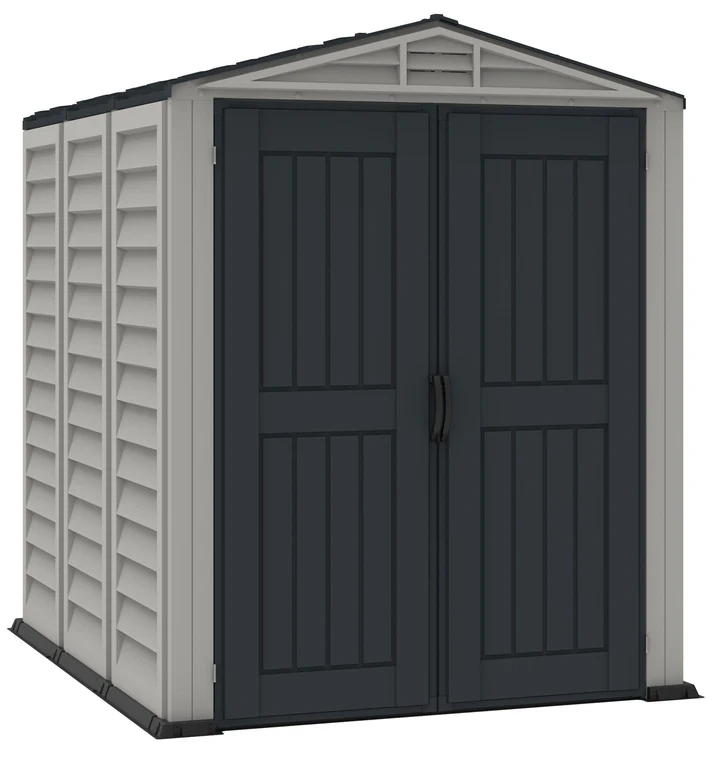Therefore, a lithium battery can be drained by 85%, while lead acid can only be drained by 50%. Which means you don’t have power as long as you need it and will charge your battery more Milwaukee M18 Lithium XC often. Lithium also has a higher discharge capacity; about 6.6x lead acid. Another safety advantage of lithium and iron phosphate is the removal of the battery after use or failure.
There are several post-market companies that offer batteries that are compatible. I recently bought one that is said to replace the battery in my model IA-BP210E camera. It claims to be 2400Mah, which can be higher than the original battery. I understand this has to do with how long the battery is charged.
Lithium and iron phosphate do not normally experience thermal leaks, because the phosphate cathode will not burn or explode during overload or overheating because the battery remains cold. On the other hand, the rate of lithium and iron phosphate discharge exceeds lithium ions. At 25 ° C, lithium and iron phosphate batteries have voltage discharges that are excellent at higher temperatures. The discharge rate does not significantly decrease the lithium and iron phosphate battery as the capacity decreases. I have a Samsung smxf44 camera that takes a lithium ion battery.
Lithium ion batteries are easy to use and relatively low maintenance, especially compared to nickel based batteries. No priming equipment is required and maintaining battery life does not imply a planned cycle. Lithium ion batteries also have no memory effect, which would cause batteries to operate at a lower capacity after repeated discharge and partial charging cycles.
This makes it the safest and longest battery possible and ensures you get the most battery life. I just received a Dyson vacuum powered by a lithium ion battery. The most economical lithium-ion battery in terms of cost / energy ratio is cylindrical (the size is 18 mm x 65.2 mm). This cell is used for mobile computing and other applications that do not require ultra-thin geometry.
A lithium-ion battery made from a lithium cobalt dioxide chemistry is considered a dangerous material because it can cause allergic reactions to the eyes and skin when exposed. Therefore, special elimination considerations should be made for lithium ions. On the other hand, lithium and iron phosphate are non-toxic and manufacturers can remove it more easily. By weighing the benefits and benefits compared to the cost, it is easy to see how lithium and iron phosphate batteries are the future of the recreational car industry. From the user experience and less time to buy into an environmentally friendly solution, lithium ion batteries are the right choice for the next generation of recreational vehicles.
Lithium ion batteries offer their own unique advantages, such as high energy density, low maintenance, performance and service life and versatility. Lithium and iron phosphate are sought for any electronics or machine where safety and longevity are desired, but do not require extremely high energy density. Electric motors for vehicles, medical devices and military applications where technology will experience higher ambient temperatures. The discharge depth of a lithium-ion battery can safely reach 85% or more. Lead acid batteries have a shorter life if they are discharged below 50%.
Nor do they store significant amounts of energy for their size. The weight would give it enough power to use a house to take up a lot of space. How much they store in weight and space is called their energy density, which is relatively low in terms of batteries. Today they are the most common energy source in various everyday products, such as laptops, mobile phones, power tools and even vehicles.
You and your operators will experience different differences after the transition to lithium-ion forklift batteries. Operators will notice more constant power due to their change and faster load rates. You will see a longer battery that requires practically no maintenance and more efficient operation.
Instead, the battery should offer almost the same charging performance as with more than a year of use. Both lithium phosphate and lithium ion have good long-term storage benefits. Lithium and iron phosphate can be stored longer because it has a lifespan of 350 days. The charging features are not so critical in a lithium-ion battery. You can start and stop charging if necessary without affecting battery performance or life. These load characteristics do not mean that you are concerned about a long absorption cycle and improve it for partial load applications such as solar collection and regenerative vehicle braking.
